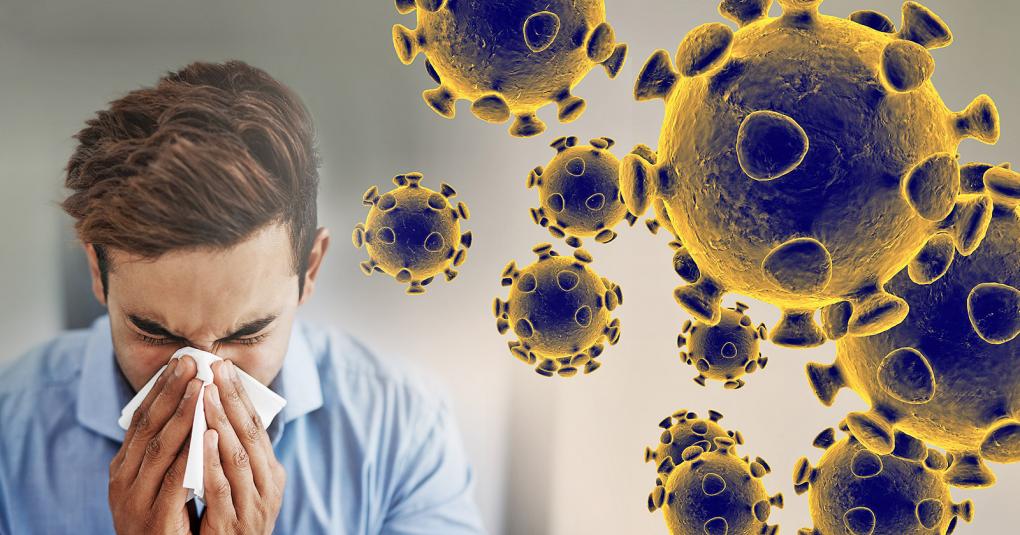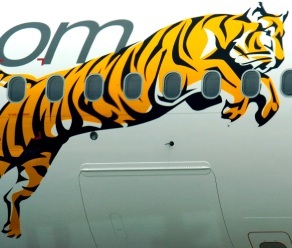New research uncovers just 44 cases of inflight COVID-19 transmission
08 October, 2020
4 min read
By joining our newsletter, you agree to our Privacy Policy


The risk of contracting COVID-19 on an aircraft has been likened to the chances of being struck by lightning after new research uncovered as few as 44 cases of inflight transmission among 1.2 billion passengers who traveled since the start of 2020.
The tally — published by the International Air Transport Association and including confirmed, probable and potential cases — translates to one transmission for every 27 million travelers.
“Nothing is completely risk-free,’’ said IATA director general Alexandre de Juniac.
“But with just 44 published cases of potential inflight COVID-19 transmission among 1.2 billion travelers, the risk of contracting the virus on board appears to be in the same category as being struck by lightning.”
READ: COVID fails to crush travel desire.
Tracking down inflight COVID-19 transmissions is notoriously difficult and IATA medical advisor Dr David Powell recognized that the findings may underestimate the number of cases.
“But even if 90 percent of the cases were unreported, it would be one case for every 2.7 million travelers,’’ Dr Powell said.
“We think these figures are extremely reassuring.
“Furthermore, the vast majority of published cases occurred before the wearing of face coverings inflight became widespread.”
The airline lobby group pointed to a joint publication by Airbus, Boeing and Embraer of separate computational fluid dynamics (CFD) research conducted on aircraft as an explanation of why the numbers might be so low.
The manufacturers found aircraft airflow systems, High-Efficiency Particulate Air (HEPA) filters, the natural barrier of the seatback, the downward flow of air, and high rates of air exchange efficiently reduced the risk of disease transmission on board in normal times.
They concluded the addition of mask-wearing added "a further and significant extra layer of protection" which made being seated in close proximity in an aircraft cabin safer than most other indoor environments.
Specific aircraft characteristics identified as contributing to the low incidence of inflight COVID-19 transmission included:
- Limited face-to-face interactions as passengers face forward and move about very little
- The effect of the seat-back acting as a physical barrier to air movement from one row to another
- The minimization of forward-aft flow of air, with a segmented flow design which is directed generally downward from ceiling to floor
- The high rate of fresh air coming into the cabin. Air is exchanged 20-30 times per hour on board most aircraft, which compares very favorably with the average office space (average 2-3 times per hour) or schools (average 10-15 times per hour).
- The use of HEPA filters which have more than 99.9% bacteria/virus removal efficiency rate ensuring that the air supply entering the cabin is not a pathway for introducing microbes.
Next Article
3 min read
Virgin gets nod for Tiger deal

Get the latest news and updates straight to your inbox
No spam, no hassle, no fuss, just airline news direct to you.
By joining our newsletter, you agree to our Privacy Policy
Find us on social media
Comments
No comments yet, be the first to write one.
